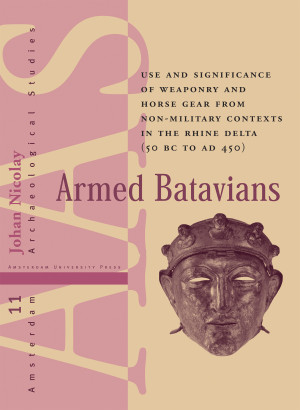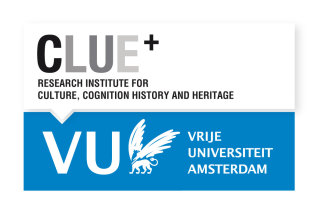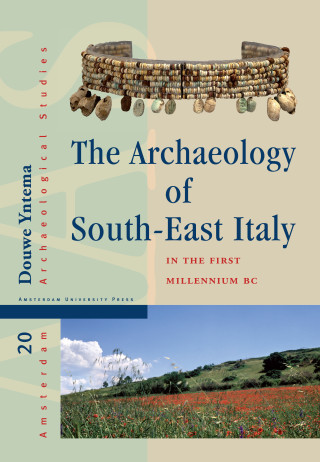This study explores the use and significance of Roman weaponry and horse gear from non-military contexts in the eastern Rhine delta – the territory of the Batavians. Using a life-cycle model for Roman soldiers, the author interprets the large quantity of 1st-century finds as personal memorabilia brought home by ex-soldiers as a reminder of their 25 years of service, symbolising their newly-acquired veteran status. Underpinning the research is an extensive inventory of militaria from urban centres, rural settlements, cult places, rivers and graves, presented in 96 plates. The study not only presents a considerable body of unpublished data, but also offers an intriguing perspective on daily life in the northern frontier of the Roman Empire, with its closely interwoven military and civilian values.
Amsterdam Archaeological Studies is a series devoted to the study of past human societies from the prehistory up into modern times, primarily based on the study of archaeological remains. The series will include excavation reports of modern fieldwork; studies of categories of material culture; and synthesising studies with broader images of past societies, thereby contributing to the theoretical and methodological debates in archaeology.






